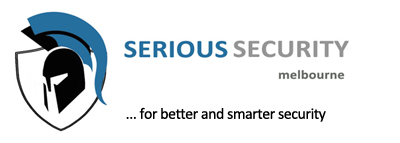Fences and security guards can keep some establishments safe, but critical infrastructures need network video surveillance and more advanced solutions for their security. This sophisticated technology can provide better security in large facilities.
Security breaches are still common in airports even though improved security measures have been put in place after civilian aviation was recognized as a potential terrorist target. In Australia, there were 21, 146 incidents of suspicious packages and breaches across ten airports from July 2010 to 2014, the Australian Federal Police reported. During the same period, 2, 621 apprehensions and 312 arrests were made related to those incidents.
Two things can be deduced from this. First, it’s not easy to protect large areas, and second, burglars can’t be stopped by barbed wire fences alone.
Critical facilities such as power plants, banks, and hospitals are as vulnerable as airports are. The same can be said about the manufacturing industry. Network video surveillance is what all these facilities need to keep their physical assets and properties secure.
Advanced network video surveillance applications are available these days. They offer the advantage of manageability and accessibility. They allow security personnel to be alerted in real time when the system detects suspicious activities. Instantaneous analysis of video data is possible with this sophisticated technology.
Security personnel can now focus their attention on other high-risk tasks rather than keep their eyes glued on multiple video feeds. The system also provides irrefutable forensic evidence in case actual breaches happen because video data can be retrieved easily. If the exact time and place of an incident is known, operators can find the video through their timestamps.
Problems in Outdoor Video Surveillance
Outdoor video surveillance poses a host of problems. Lighting conditions is but one of them. While some changes in the environment can be predicted, there are some that can’t be predetermined. Sophisticated network cameras can identify changes in lighting conditions and automatically adjust their settings to produce high quality images.
Adverse weather conditions are the archenemy of network video surveillance systems, but only if they do not have the current technology of Intelligent Video Analytics. This technology lowers the rate of false alarms by differentiating the motions of an object of interest from that of moving water or flying leaves.
Network video surveillance cameras with Intelligent Defog also provide clear images even in low-contrast environments like places with air pollution, mist or fog.
No matter the weather conditions, network video surveillance provides better security in large facilities. Keep your mind at ease by installing one for your business.
